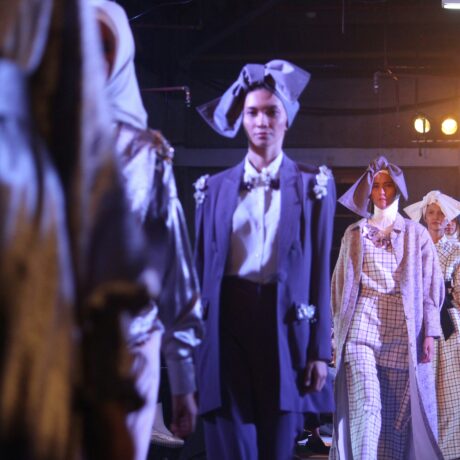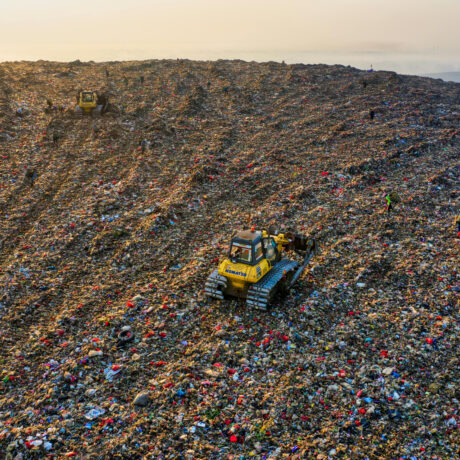A Textile Garden for Fashion Revolution
We are excited to announce that in May 2022, Fashion Revolution will be showcasing our very own garden at the world-famous RHS Chelsea Flower Show. Inspired by the fundamental role of plants in fashion – as dyes, fibres, floral motifs and botanical folklore – garden designer Lottie Delamain will create a textile-inspired garden solely featuring plants that can be used to make or dye our clothes.
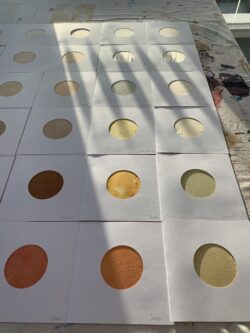
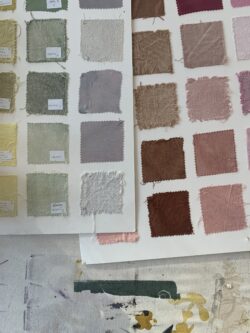
A selection of natural dye samples
The fashion industry is currently dominated by synthetic fibres and chemical dyes. Polyester manufacturing is an energy-intensive process, requiring large amounts of water and producing high levels of greenhouse gas emissions, while wastewater emitted from its processing contain volatile substances that can pose a threat to human health. Despite this, the Fashion Transparency Index 2021 found that only a quarter of major brands publish time-bound, measurable targets on reducing the use of textiles deriving from virgin fossil fuels. More than 15,000 chemicals can be used during the textile manufacturing process, from the raw materials through to dyeing and finishing, yet only 30% of brands disclose their commitment to eliminating the use of hazardous chemicals from our clothes.
Fashion Revolution co-founder Carry Somers saw the impact our clothing has on the environment first-hand two years ago, when she sailed 2000 miles into the South Pacific Gyre on an all-woman scientific research voyage to investigate microplastic pollution. Although textiles are the largest source of both primary and secondary microplastics, with around 700,000 microfibres being released in every wash cycle, just 21% of brands explain what they are doing to minimise the shedding of microfibres.
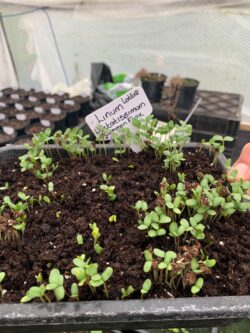
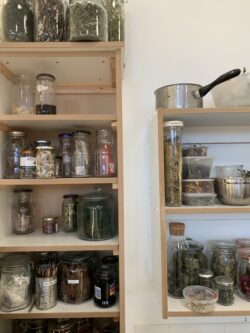
Flax seeds germinating; ingredients for making plant dyes
We believe we need a radical shift in our relationship with the clothes we wear, as well as with the natural world, for our own prosperity and wellbeing, as well as for the health of our earth and our oceans. Exhibiting these ideas within a garden provides a unique opportunity to tell the story of #WhatsInMyClothes and explore how textiles can be made in a more natural, sustainable and regenerative way. The garden allows us to reimagine the values at the essence of a new fashion system and explore how we can all start to create new relationships with our clothing.
The garden design itself is intended to imitate a textile, with planting in distinctive blocks of colour to create the impression of a woven fabric. Plants will be supplied by UK nurseries and growers and will be chosen for their use as fibres or textile dyes in commercial or craft use and the garden will feature a textile installation made entirely from plants. Shallow reflective pools represent dye baths, with fabric or fibres soaking in natural dyes, and a series of paved seams will lead through the planting.
The philosophy behind the garden is about seeing the potential in the resources we have right on our doorstep and exploring how we can utilise them in more creative ways. Many of the plants are native wildflowers, easily propagated and grown in the UK and undemanding in terms of water. This will help to re-establish the connection between plants and textiles, reveal the beauty to be found in plant-based dyes and fibres, and sow a seed of curiosity about what we wear.
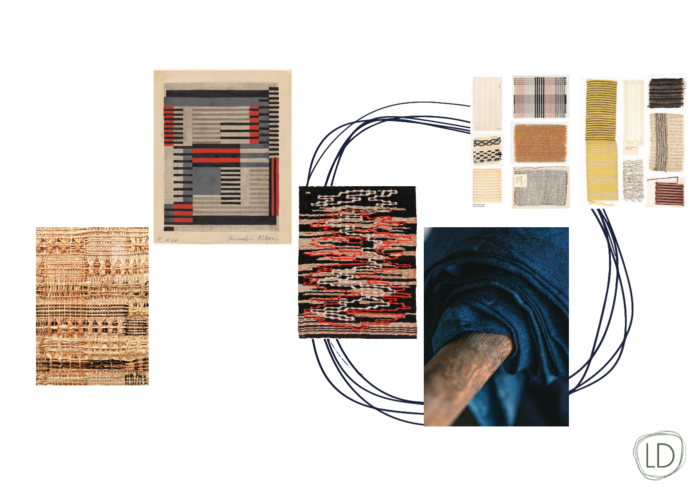
The garden will be exhibited at RHS Chelsea Flower Show, taking place from 24-28 May 2022. Afterwards, the garden will be relocated to Headington School in Oxford where Kate Turnbull, Head of Fashion and Textiles Design, has developed a new syllabus which includes the study of plants used for textiles dyes and fibres, along with their propagation and use. The garden will be reimagined in two parts – as a working dye garden for the Textile Design students, and as a Colour Wheel garden, designed to inspire students across the school about the myriad roles plants play in our lives.
Stay tuned on our blog and social media for more behind-the-scenes insights as we build this inspiring new space.
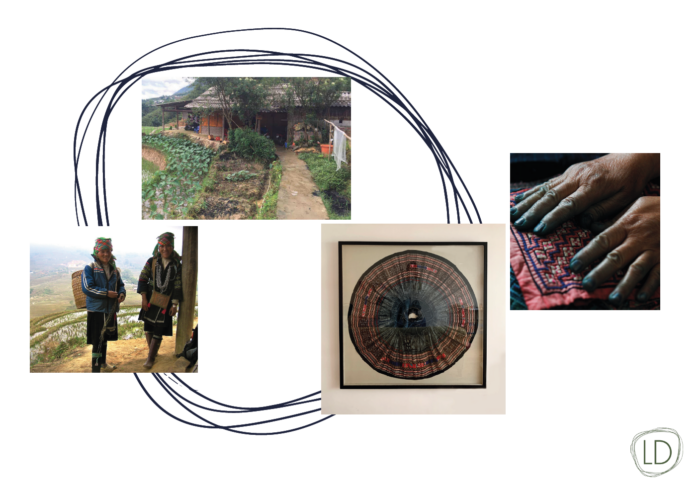
Header illustration by Ben Holmes, design by Lottie Delamain




